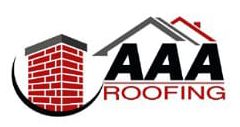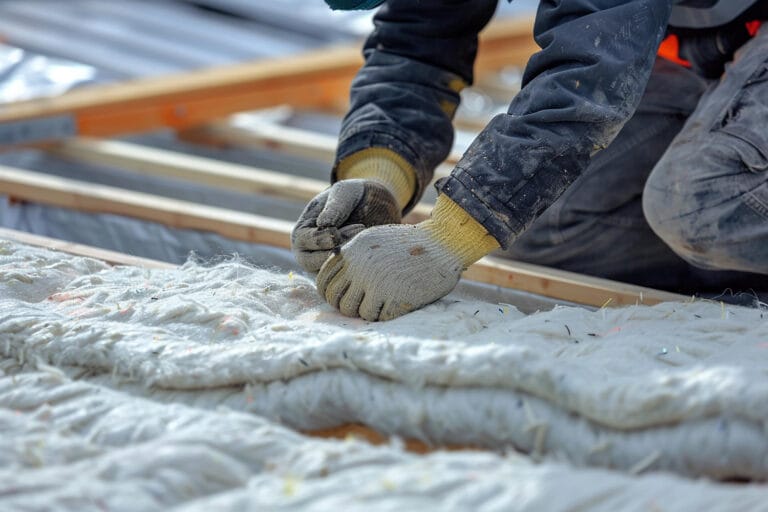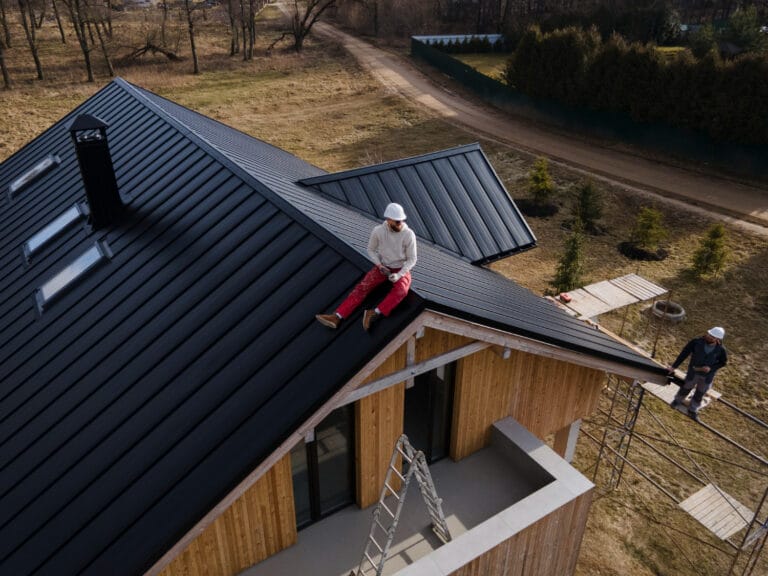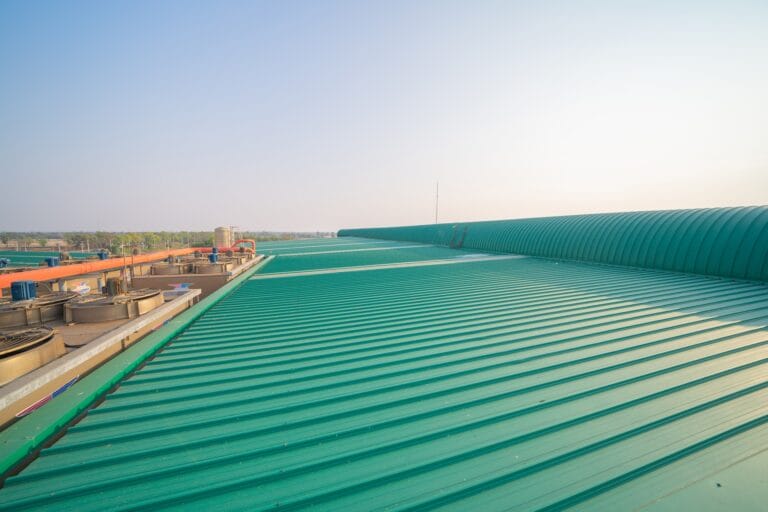Roof insulation might not be the first thing you think about when it comes to maintaining your home, but it plays a crucial role in your comfort and energy bills. Good insulation helps keep your home warm in the winter and cool in the summer by preventing heat from escaping or entering your living spaces. This can significantly reduce your heating and cooling costs while making your home more comfortable throughout the year.
When choosing the right roof insulation, it’s important to understand the different types available and how they work. Each type of insulation offers unique benefits and is suited for different needs and building types. From traditional fiberglass to modern spray foam and reflective options, understanding your choices can help you make an informed decision.
In addition to knowing the types of insulation, there are several factors to consider, such as the R-value, which measures the insulation’s effectiveness, and the installation method, which can affect both the cost and performance. Proper roof insulation offers numerous benefits, from energy savings to improved indoor air quality.
Understanding Roof Insulation
What is Roof Insulation? Roof insulation is a material used to reduce heat transfer between the inside of your home and the outside environment. It acts as a barrier, keeping warm air inside during the winter and hot air outside during the summer. Insulation materials come in various forms, including rolls, batts, foam, and reflective coatings. Each type is designed to fit specific needs, helping to maintain a consistent temperature within your home and improve energy efficiency.
Importance of Proper Roof Insulation Proper roof insulation is essential for maintaining a comfortable living environment and reducing energy costs. Without appropriate insulation, your home can lose a significant amount of heat during the winter and gain excessive heat during the summer. This can lead to increased energy bills as your heating and cooling systems work harder to maintain a comfortable indoor temperature. Additionally, proper insulation helps prevent moisture buildup, which can lead to mold growth and structural damage. By investing in quality insulation, you can enhance your home’s comfort, protect your health, and save money in the long run.
Types of Roof Insulation
Fiberglass Insulation Fiberglass insulation is one of the most common types of roof insulation. It is made from fine glass fibers and is available in rolls, batts, or loose-fill. Fiberglass is popular because it is inexpensive, easy to install, and has good thermal resistance. It is also non-combustible, making it a safe choice for many homes. However, it is important to handle fiberglass insulation with care, as the tiny fibers can be irritating to the skin and lungs.
Spray Foam Insulation Spray foam insulation is a versatile and effective form of insulation that expands upon application, filling gaps and sealing air leaks. There are two types of spray foam: open-cell and closed-cell. Open-cell foam is less dense and provides good soundproofing, while closed-cell foam is denser and offers superior thermal resistance. Spray foam insulation creates an airtight seal, which contributes to higher energy efficiency. Though it tends to be more expensive than other insulation types, its performance and long-term savings often justify the initial cost.
Reflective Insulation Reflective insulation, also known as radiant barrier insulation, is designed to reflect heat away from your home. It typically consists of a reflective aluminum foil applied to a variety of backing materials such as kraft paper or plastic films. This type of insulation is especially effective in hot climates, as it reduces heat gain and lowers cooling costs. Reflective insulation works best when there is an air space between the insulation and the roof, making it an excellent choice for attics and other areas with high heat exposure.
Understanding the different types of roof insulation can help you choose the right material for your needs. Each type offers unique benefits and considerations, ensuring you find the best solution to improve your home’s energy efficiency and comfort.
Factors to Consider When Choosing Insulation
R-Value and Climate Considerations The R-value of insulation indicates its effectiveness in resisting heat flow. Higher R-values offer better insulation performance. When choosing insulation, consider the climate you live in. Colder regions require higher R-value insulation to keep heat from escaping, while milder climates may need lower R-value insulation. It’s important to check local building codes and recommendations to ensure your insulation meets required standards.
Installation Method and Costs The method of installation can affect both the cost and efficiency of insulation. Some types, like fiberglass batts, are easy to install and can be a DIY project. Spray foam insulation, on the other hand, requires professional installation and is more costly upfront. However, it may offer greater energy savings in the long run. Reflective insulation typically requires an air gap to work effectively, which can complicate installation. When factoring in costs, consider both the initial investment and potential long-term savings on energy bills. Proper installation is crucial for achieving the best performance, so sometimes professional installation is worth the extra expense.
Benefits of Proper Roof Insulation
Energy Efficiency and Cost Savings One of the biggest benefits of proper roof insulation is improved energy efficiency. Insulation helps maintain a consistent indoor temperature, reducing the need for heating and cooling systems to work overtime. This leads to lower energy bills and long-term cost savings. In fact, good insulation can save homeowners up to 15% on heating and cooling costs annually. Proper insulation also reduces the carbon footprint of your home, making it more environmentally friendly.
Improved Indoor Comfort and Air Quality Proper roof insulation not only keeps your home warmer in the winter and cooler in the summer but also improves overall indoor comfort. By preventing drafts and reducing temperature fluctuations, insulation helps create a more stable and comfortable living environment. Additionally, good insulation can improve indoor air quality by reducing the infiltration of outdoor pollutants and allergens. This can be especially beneficial for those with respiratory issues or allergies, as it creates a healthier indoor environment.
Conclusion
Choosing the best roof insulation for your needs is a crucial step in maintaining a comfortable and energy-efficient home. By understanding the types of insulation available, considering factors like R-value and installation costs, and recognizing the benefits of proper insulation, you can make an informed decision that suits your specific requirements. Proper roof insulation not only saves you money in the long run but also enhances indoor comfort and air quality.
Looking to upgrade your roof insulation or need expert advice? AAA Roofing NJ, your trusted New Jersey roofer, is here to help. Our team is dedicated to delivering top-quality roofing services customized to your needs. Contact us today to schedule a consultation and ensure your home remains well-protected and energy-efficient.




